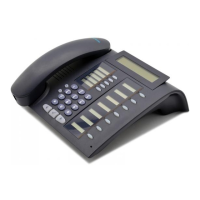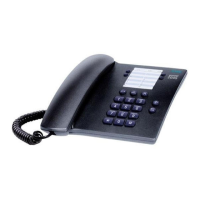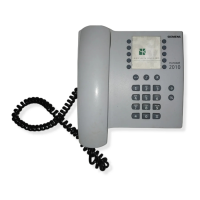....
Magnetic
sound tracks
Th
e magnetic trac
ks
depicted
below
in
Fig. 5
are
cu
stomary
for
dubbing
16
mm
film.
Fig . 5
M
agnetic
sound tracks
on
16
mm film
~u
u-u
-
u-
· u u l
u
~
~
~
''
0
I
ll
: u
0
'
"~
11
11
'"
"'
11
11:1
.1
1:1111111:
11 11
1
11:11
111
111:
1
111.
1: 1
111111:1111111:1111
!
Equa
lizi
ng track 0.8
mm
Full
-w
idth
tra
ck
2
.5
mm
Eq
ualizing
track 0.8
mm
Ha
lf-
w
idth
o
uts
i
de
t
rack
1
.3
mm
Eq
u
alizing
track 0.8
mm
Half-width
i
nside
track
1.3
mm
As
shown
in
Fig.
7,
the magnetic
head
for
the
2.5
mm
track
is
arranged
su
c
ceeding
the
optical
sound
head
(looking
in
the
direction
of
film travel)
in
order
to con-
form to the international standard
speci
fying a lead-lag relation
between
sound
and
picture
of
28
frames
in
the case of 16
mm
film
with
a full-width
magnetic
track. (The standard lead-lag
relation
between
picture
and sound fo r
optical
sound film
is
26
frames.) Feature films
with
a magnetic sound track may thus
be
projected
with
the standard lead-lag relation.
The 1.3
mm
magnetic track is used when it
is
desired
for
certain
reasons to
retain the
optical
sound track,
or
when the
optical
sound track
is
to
be
trans-
ferred
to the half-width magnetic track
with
the
possible
addition
of
sound from
other
sources
as
well.
lt may
be
recorded
and
reproduced
with
the
magnetic
head
for
the 2.5
mm
track.
To
insure uniform
wear
upon the head, the inside
half-width
track and the
outside
half-width track should
be
used
alternately.
Optimum tonal quality
is
obtained
at a frame
frequency
of
24
frames
per
sec.
This
corresponds
to a
tape
speed
of
approx.
18.3
cm
per
sec.
8

